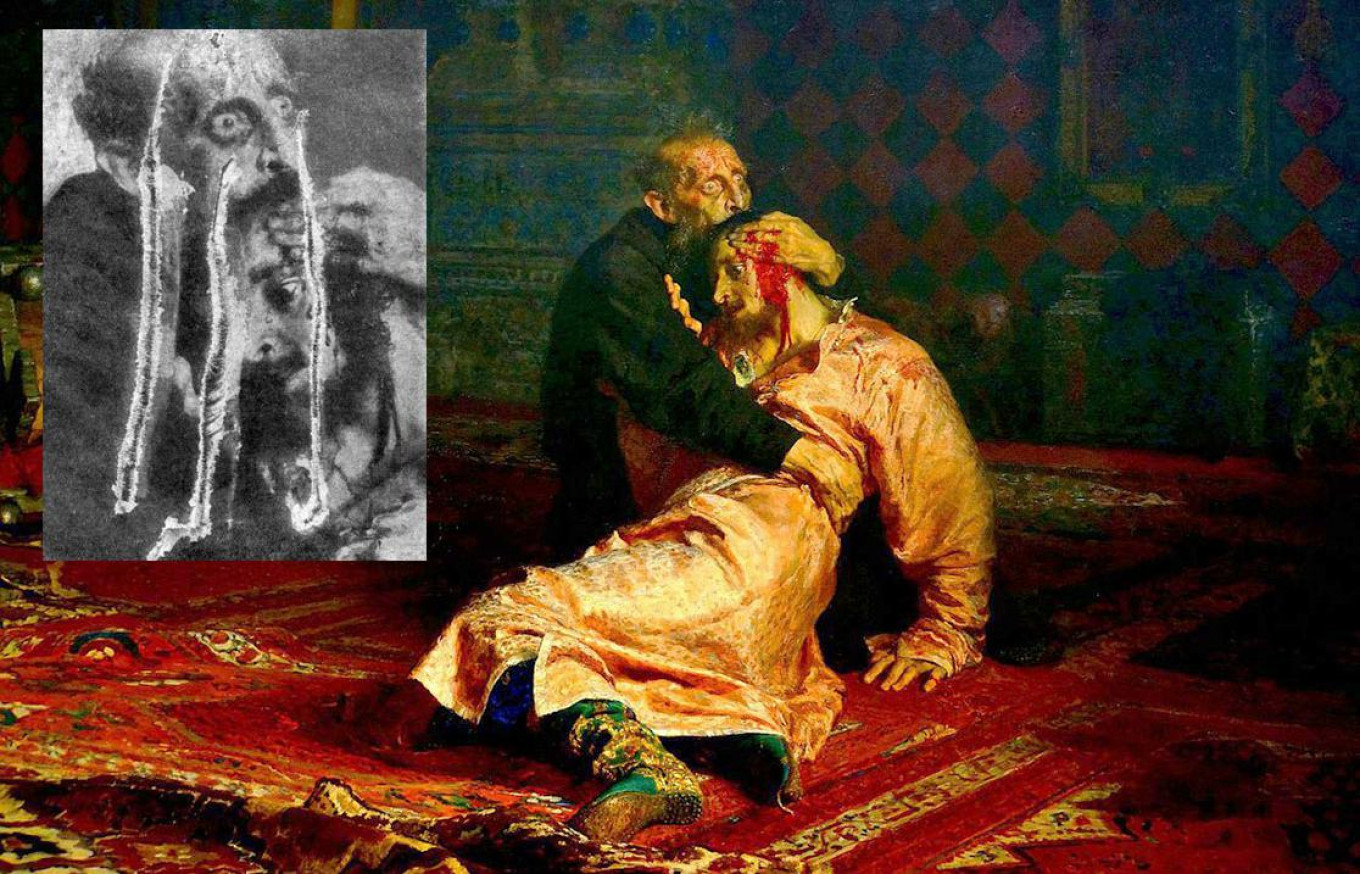

“Leo Tolstoy Working” (1887), by Ilya Repin.

As a teacher, writer and well-known artist, his work and opinions were well-known to the public. Through his work and his association with the Peredvizhniki (The Wanderers), an anti-academic, socially aware art movement, he took often-provocative stands on the big issues of his day. He knew many of the players in these upheavals, from his friend Leo Tolstoy to Czars Alexander III and Nicolas II, both of whom he painted. During his long career, Repin, who was born in Chuguyev, Ukraine, in 1844, and died in 1930, lived through Russia’s turbulent 19th-century social reforms, two revolutions (in 1905 and ’17), World War I and the birth of the Soviet Union. History is not just a backdrop here, however. The exhibition “Ilya Repin: Painting the Soul of Russia,” at the Petit Palais in Paris, serves not only as a retrospective of the work of the great realist painter but also as a sort of overview of nearly a century of his country’s history. Ě chalcedony figure of a playful kitten Fabergé, around 1900.Ěn aventurine quartz figure of a kingfisher by Fabergé, workmaster Henrik Wigström, St.The carved nephrite body is set with a diamond mouth, and cabochon ruby eyes in diamond surrounds. Ě jewelled nephrite frog pillbox by Fabergé, workmaster Michael Perkhin, St.

Ě grey agate figure of a mouse set with silver-mounted diamonds, from around 1900.(In 1907 King Edward VII commissioned lapidary portraits of the animals kept on his estate at Sandringham in Norfolk). Carl Fabergé was a great collector of Japanese netsuke carvings and his workshop produced many compact hardstone animals that became very popular with the rich and titled. The sale also features a delightful group of diminutive lapidary carvings of animals by Fabergé from the collection of Caroline, Lady Oppenheimer. Head of Bonhams Russian Department Daria Khristova said, "Maliavin's formal portraits after he left Russia, such as Portrait of a Young Girl in a Pink Dress are distinguished by a subtle understanding of colour and broad, confident and energetic brushstrokes, complemented by a detailed study of the sitter's face."įabergé collection of Caroline, Lady Oppenheimer Stylistic evidence suggests that Portrait of a Young Girl in a Pink Dress was painted in the mid-late 1920s, and although the identity of the sitter is unknown, she is likely to have been a member of a European aristocratic family.

During the 1920s and '30s he travelled all over Europe and the USA fulfilling commissions from wealthy and aristocratic families. In 1922, Maliavin left Russia and settled in Paris where his fame as a portrait painter grew. He developed a parallel career as a portrait painter, and was in great demand in high society, including members of the Imperial Family. Initially rejected by the Academy, these works later brought him great fame in Russia. He studied art under Ilya Repin at the Imperial Academy of Arts in Saint Petersburg, and courted controversy with his bold, colourful depictions of peasant life. The son of a peasant, Maliavin (1869-1940) found early artistic inspiration from the itinerant monks who brought Greek Orthodox icons to the village where he grew up. Portrait of a Young Girl in a Pink Dress is estimated at £300,000-500,000. A charming portrait by the Russian artist Philip Maliavin leads Bonhams Russian Art sale in London on Wednesday 5 June.


 0 kommentar(er)
0 kommentar(er)
